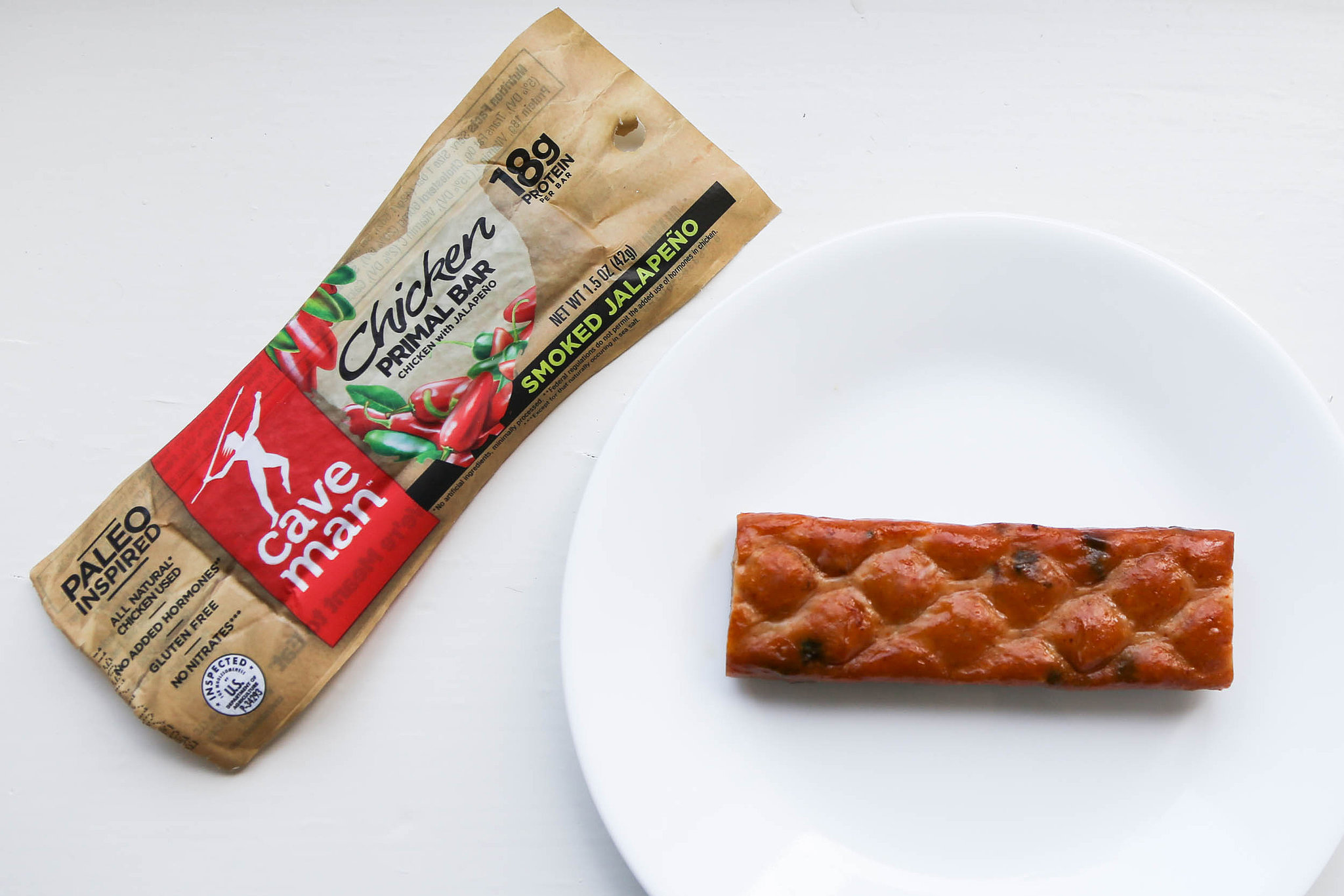Grass feeding is a practice not yet familiar to all consumers. 100% grass-fed beef comes from cows who have grazed in pasture year-round rather than being fed a processed diet for much of their life. Grass feeding improves the quality of beef, and makes the beef richer in omega-3 fats, vitamin E, beta-carotene, and CLA (a beneficial fatty acid named conjugated linoleic acid. (For more detailed information about grass feeding, please click here.) Just how important is grass feeding for beef quality? As you will see in the chart below, we have included grass-feeding as one of our top-level recommendations for anyone who plans to include beef in their meal plan:
Shopping for Beef
Stick with organic
Organic standards help lower risk of contaminated feed and organic beef usually has higher nutrient quality. However, remember that organic by itself does not guarantee a natural lifestyle for the beef cows.
Ask for 100% grass-fed
Go beyond organic by asking for 100% grass-fed. Don’t get sidetracked by the confusing array of labeling terms like natural” or “pasture-raised.” Labeling laws allow products to display these terms even if cows spend little or no time outdoors in a pasture setting. Unfortunately, even the term “grass-fed” is not sufficient since grass-fed cows may have spent a relatively small amount of time grass feeding. The standard to look for on the label is “100% grass-fed.” Talk to your grocer or the cow farmer and find out how the animals were actually raised. In addition, if you would like more information about the practice of grass-feeding, please click here.
Consider local farms
Organic, 100% grass-fed beef may be available from local farms with small flocks, which provide a natural lifestyle for their cows. Two websites that can help you find small local farms in your area are www.localharvest.org and www.eatwild.com. Both sites are searchable by zip code.
One thing you’ll notice about the chart above is an absence of recommendations about specific cuts of beef. In general, we recommend sticking with lower fat cuts of beef if you decide to include this food in your meal plan. Lower fat cuts include top round, bottom round, eye of round, flank, and strip. Health organizations have traditionally recommended avoidance of higher fat cuts like tenderloin, ribeye, or porterhouse because it can be difficult to make room for the amount of total fat, saturated fat, and calories they contain. Since too much total fat, too much saturated fat, and too many calories in a daily meal plan can raise the risk of certain health problems, this approach makes sense to us, particularly in light of the fact that lower fat beef cut can still provide you with the nutritional benefits of 100% grass-fed beef in terms of omega-3s, CLA, beta-carotene, and vitamin E.



